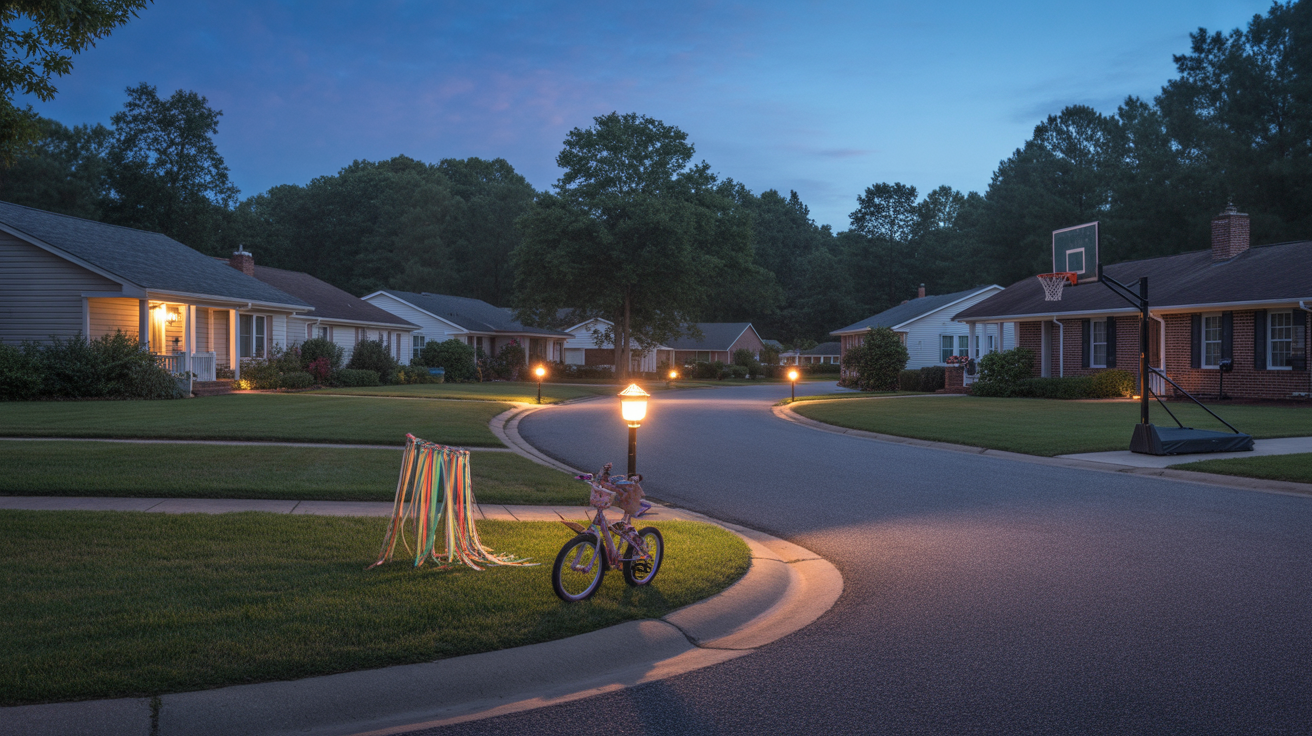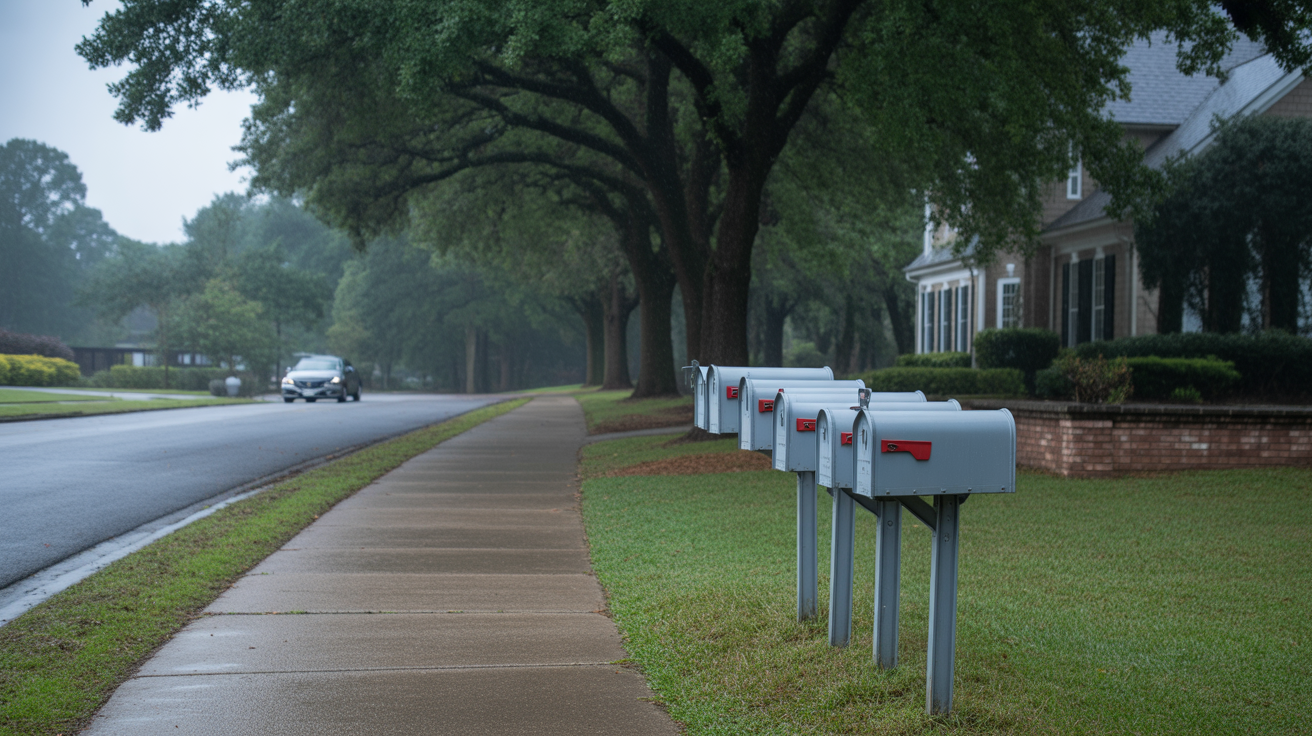Holly Springs, NC vs. Cary, NC: Cost of Living Comparison (2025)
Considering a move to the Raleigh suburbs of Holly Springs or Cary? This cost of living face-off pits these two popular North Carolina towns head-to-head. Whether you’re a family relocating for work, a professional evaluating job offers, or a renter ready to buy, see how the real costs stack up in Holly Springs vs Cary in 2025.

Housing Costs: Holly Springs vs Cary
Housing is often the biggest factor in cost of living. Here’s how typical rents and home prices compare:
| Housing Type | Holly Springs | Cary |
|---|---|---|
| 2BR Apartment (Monthly Rent) | $1,450 | $1,650 |
| 3BR House (Median Price) | $450,000 | $550,000 |
🏆 Winner: Holly Springs. Expect to pay about $200 less per month in rent or $100K less to buy a home compared to Cary.
Utilities and Energy Costs
Powering and cooling your home also factors into monthly budgets. In Holly Springs, the average utility bill is $180, while Cary residents pay closer to $200 per month.
Both cities experience hot, humid summers and mild winters. Air conditioning usage peaks in July and August. Duke Energy offers time-of-use rates that can help shift usage to off-peak hours.
🏆 Winner: Holly Springs. Utility costs run about 10% lower than in Cary.
Groceries and Daily Expenses

Weekly grocery trips are a bit cheaper in Holly Springs, with basics like milk, eggs and bread totaling around $20 compared to $22 in Cary. Eating out is also more affordable – expect to pay about $12 per person for a casual meal in Holly Springs vs $15 in Cary.
🏆 Winner: Holly Springs, but the difference is modest – about 5-10% lower on average.
Taxes and Fees
Property taxes are slightly higher in Cary at 0.35% vs 0.30% in Holly Springs. However, many Holly Springs neighborhoods have HOA fees that include amenities like pools and landscaping, adding $100-300 per month. Cary has fewer HOAs.
🏆 Winner: Cary. Lower HOA prevalence can mean hundreds in monthly savings.
Cost of Living in Holly Springs vs Cary: Summary
| Category | Holly Springs | Cary |
|---|---|---|
| Housing (3BR) | $1,875 | $2,292 |
| Utilities | $180 | $200 |
| Groceries | $400 | $440 |
| Transportation | $60 | $80 |
| Taxes & Fees | $200 | $180 |
| Misc | $250 | $300 |
| Estimated Monthly Total | $2,965 | $3,492 |
Note: Figures above are based on gross monthly income (pre-tax) for a typical household.
Lifestyle Fit: Holly Springs or Cary?
Cost is just one factor in choosing where to live. Consider how each city fits your lifestyle:
- Holly Springs offers a small-town feel with more space and privacy. Lots are larger and streets are quieter. But expect longer commutes to Raleigh.
- Cary is more walkable with extensive greenways and closer proximity to shopping, dining and entertainment. It’s pricier but offers shorter commutes.
Holly Springs averages 5°F cooler in summer than Cary due to slightly higher elevation and more tree cover.
Frequently Asked Questions
Is Holly Springs more affordable than Cary?
Yes, the cost of living in Holly Springs is about 15% lower on average, mainly due to cheaper housing.
Which city has lower rent?
Holly Springs rent prices are around $200 less per month than in Cary for a comparable apartment.
Where is it cheaper to buy a home?
Holly Springs home prices are roughly $100,000 lower than in Cary for a similar size and style of house.
The Bottom Line
While Holly Springs comes out ahead on overall affordability, Cary offers perks like walkability and shorter commutes that may be worth the premium for some. Young professionals may prefer Cary’s amenities, while families craving space often settle in Holly Springs.
Of course, cost is just one element in finding the right fit. We recommend visiting both cities to get a feel for the vibe of each. Explore other cost of living breakdowns for NC cities to compare even more options!
